Why we ran it: To find out if Ford’s all-purpose hatchback remains the driver’s car of choice in the family car class
Month 7 - Month 6 - Month 5 - Month 4 - Month 3 - Month 2 - Month 1 - Prices and Specs

Life with a Ford Focus: Month 7
Our road testers like it and so does the buying public, but the acid test has been living with it. So are we sorry to see it go? - 20th November 2019
In the time that this latest Ford Focus has been on our fleet, it’s notable just how common a sight it has become on the streets of Britain. Notable, but not surprising. The fourth-generation model has been on sale just over a year but it already feels like it’s been around far longer.
Which is, of course, exactly as it should be. For more than 20 years, the Focus has consistently hovered near the top of the UK’s best-selling cars list. Ford sold 49,517 in the UK in the first 10 months of 2019. Only two cars have sold more: the Ford Fiesta and the Volkswagen Golf, long the biggest class rival for the Focus.
The Golf and Focus are split by just 951 sales, which so late into the year reflects the intense competition between them – and it explains Ford’s development, erm, focus for the fourth-gen Focus. As our esteemed road testers will tell you, the Focus has long been the class leader for ride and handling but has struggled to compete with the Golf – and, increasingly, premium models such as the Mercedes-Benz A-Class – in terms of tech, interior comfort and perceived quality.
By running the Focus, we wanted to find out if it retained that winning mix of strong handling and immense practicality, but also if Ford had given it the extra polish to compete with rivals that feature a ‘posher’ badge.
On that first point, the Focus remains an absolute hit. Our ST-Line X model – with 180bhp 1.5-litre three-pot Ecoboost engine, six-speed manual ’box, 18in wheels and active dampers – remains a compelling drive. It’s comfortable on the motorway and dual carriageways but really comes into its own on a flowing country lane. Although it’s no hardened hot hatch (you’ll need a full-on Focus ST for that), it turns in and corners with aplomb and offers plentiful and rewarding feedback without ever feeling overly stiff or uncomfortable. Then, when you get to the supermarket, you have a practical, spacious car that will house considerable amounts of shopping.


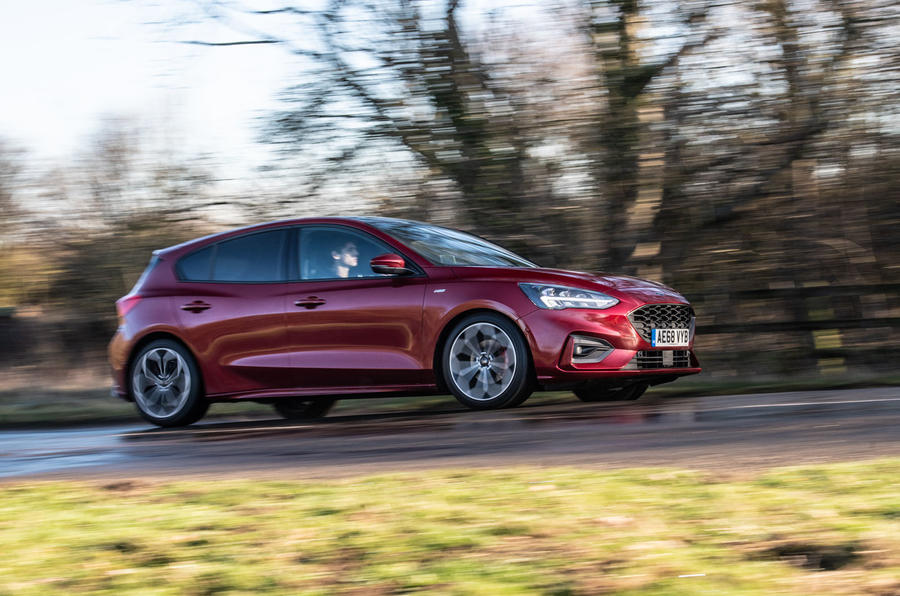




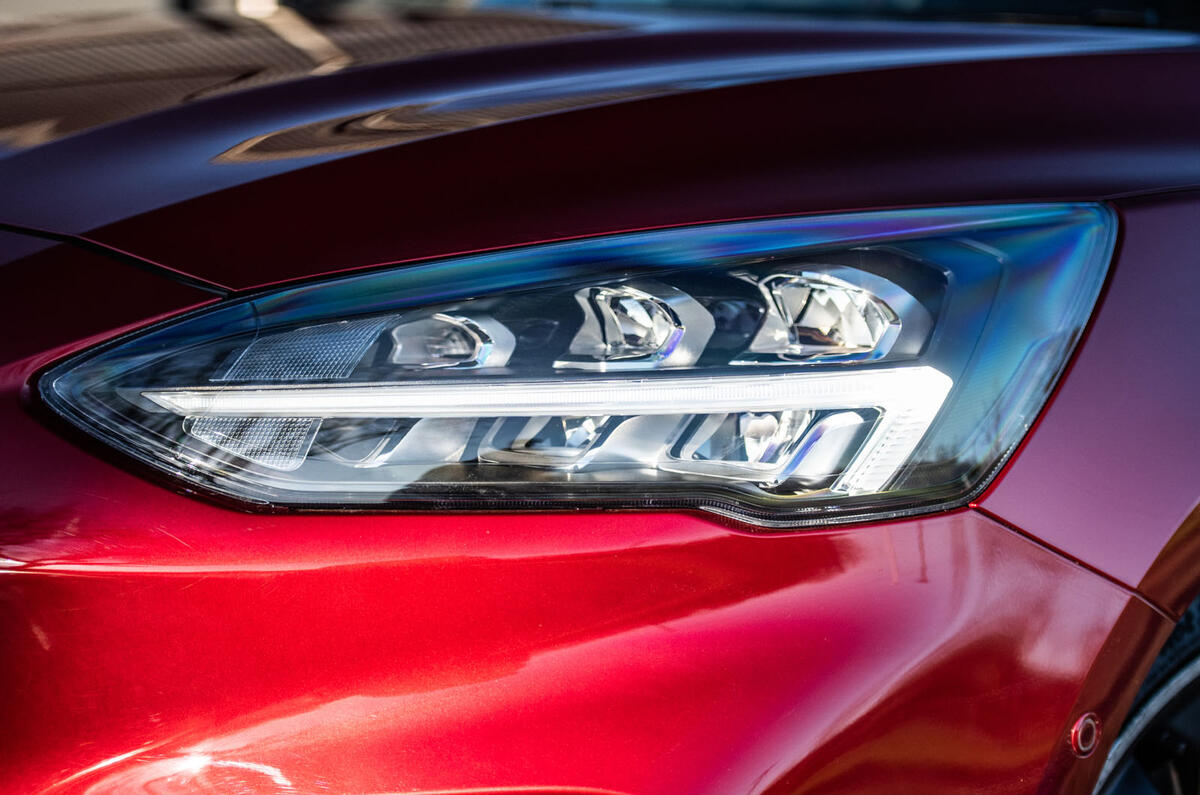

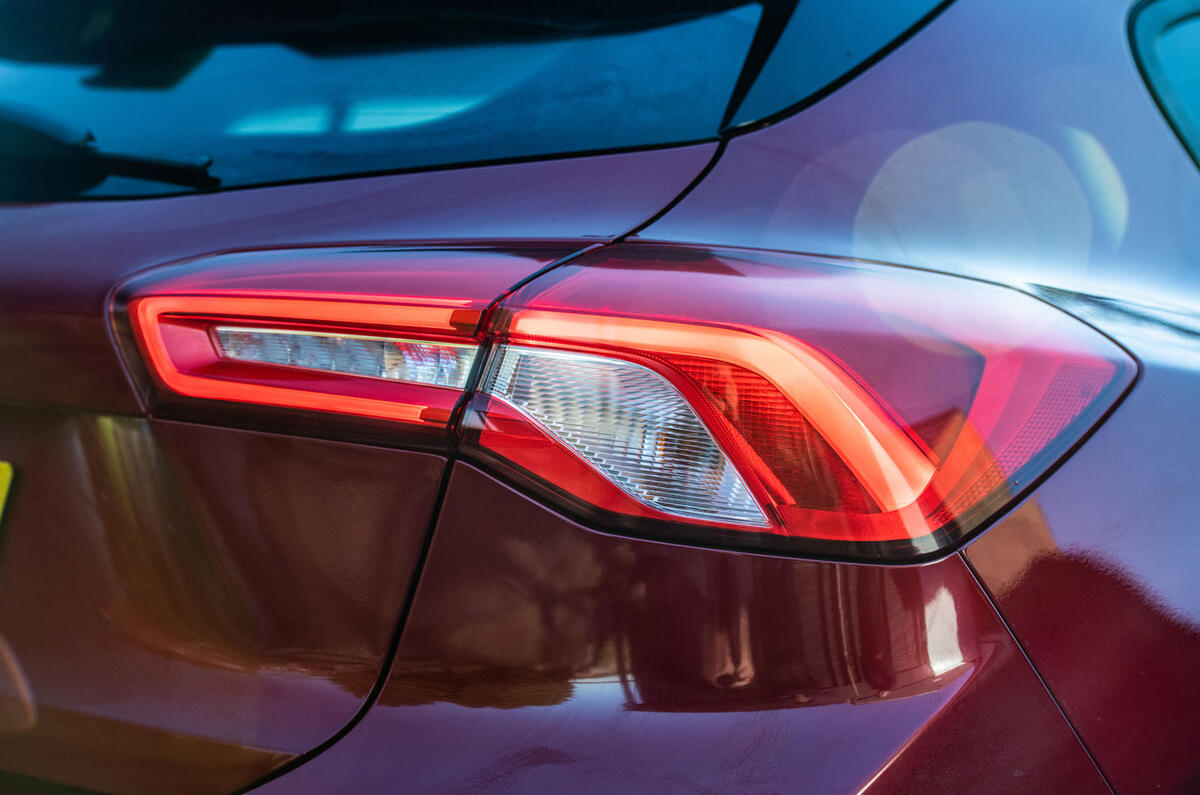

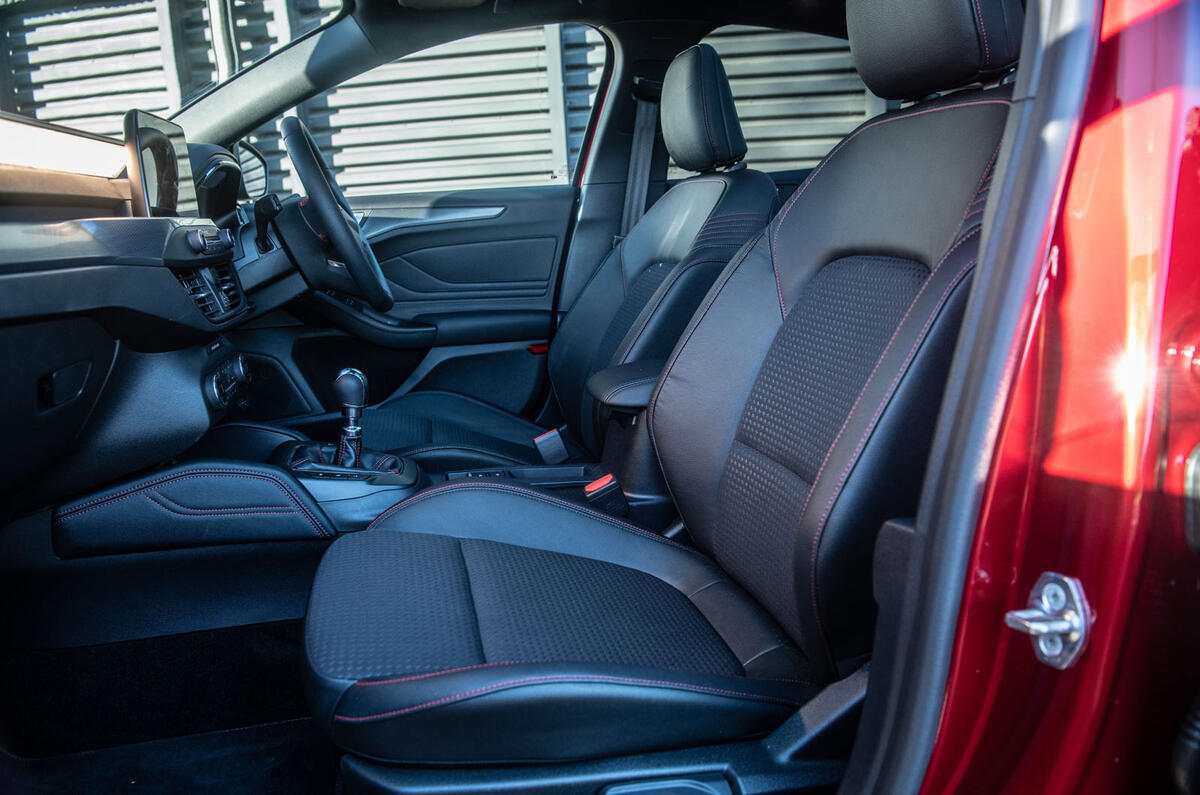

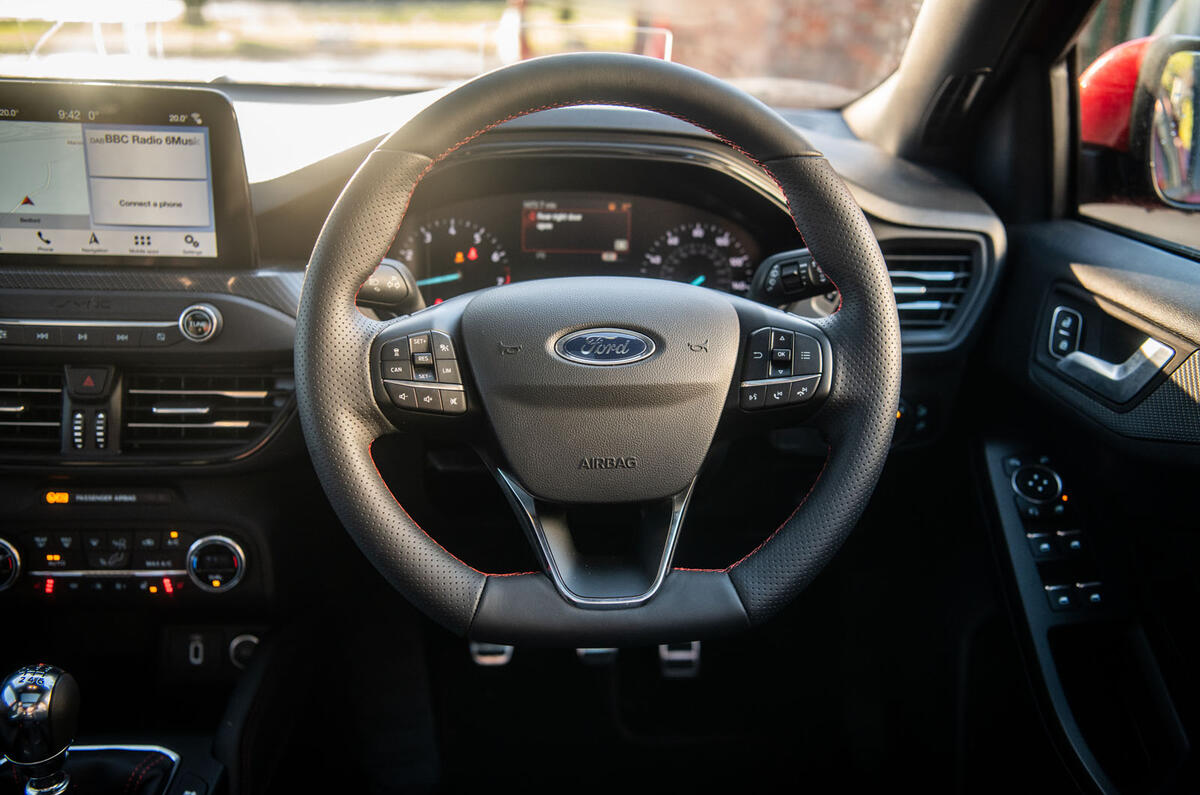

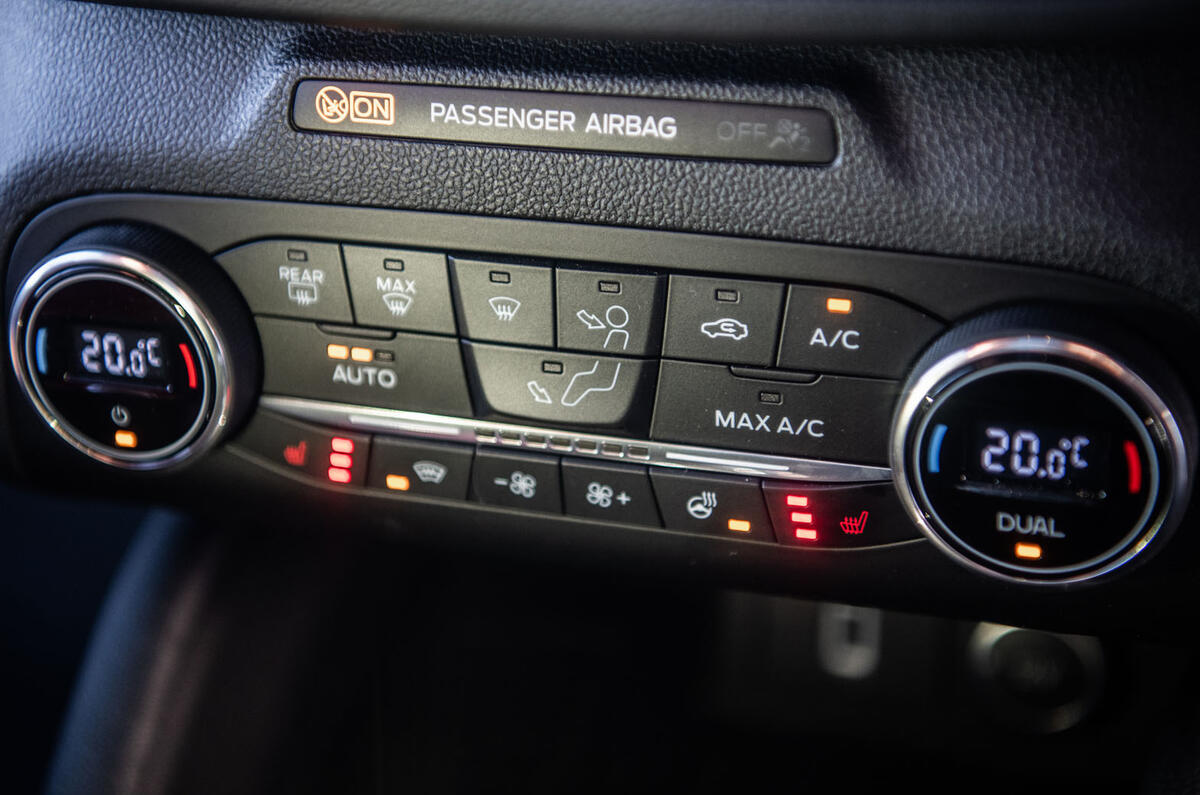

















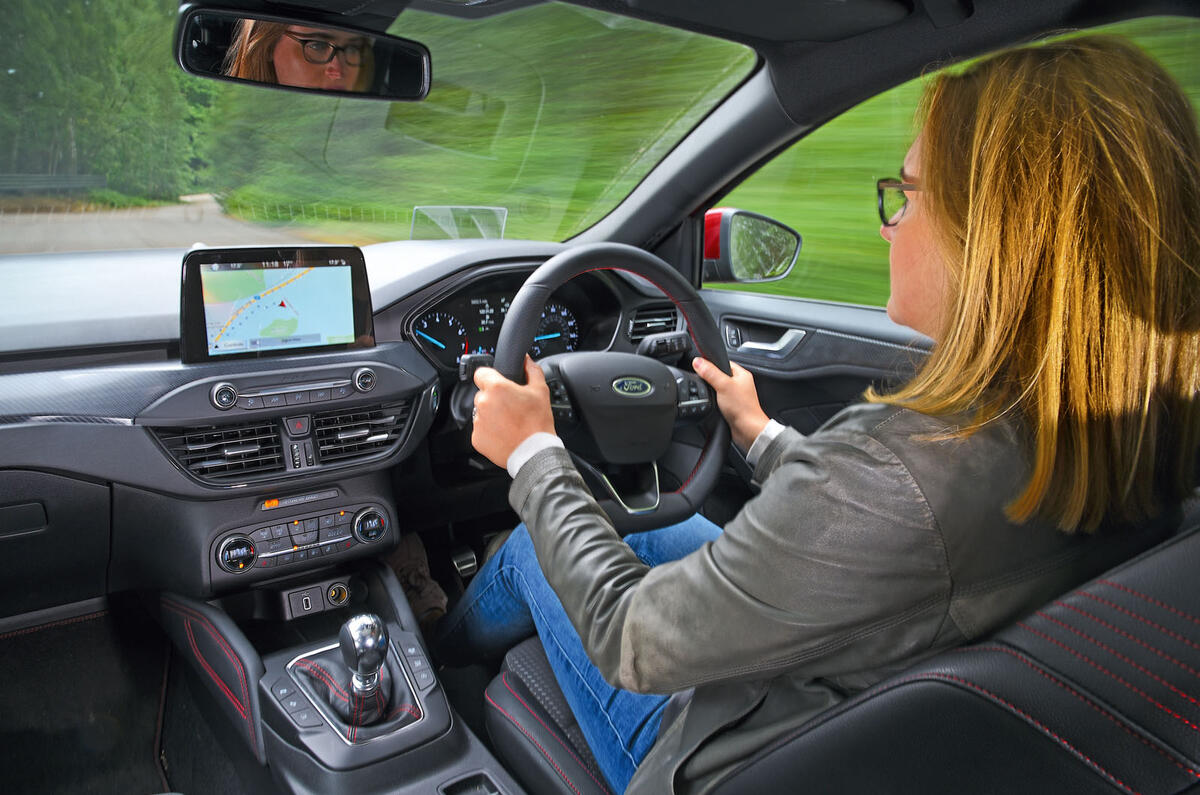



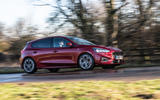



























































Join the debate
Add your comment
touch screens?
Found the review by random google search, review seems superficial with quite a few paragraphs that don't really say much, like how much space it had for moving; it's a compact it has space like a compact, probably not too small but not too big either; it's not like a Mondeo estate.
Non latching Eco mode
No new car can 'latch' (remember previous setting) on driver modes, as if you do on WLTP you have to test every mode varaition and you get an average (worse because it will include sport), if you reset to default you only test the default mode. So all manufcturers do that now as its cheaper and easier. They could make eco the default but then it feels worse and journalists moan. But what you end up with is actually normal is now an WLTP optimised mode, Eco is super eco and beter in the real world (mway etc) and sport ends up feeling more sporty in almost every car, unless they have a sport + or track mode.
Why do motoring hacks insist